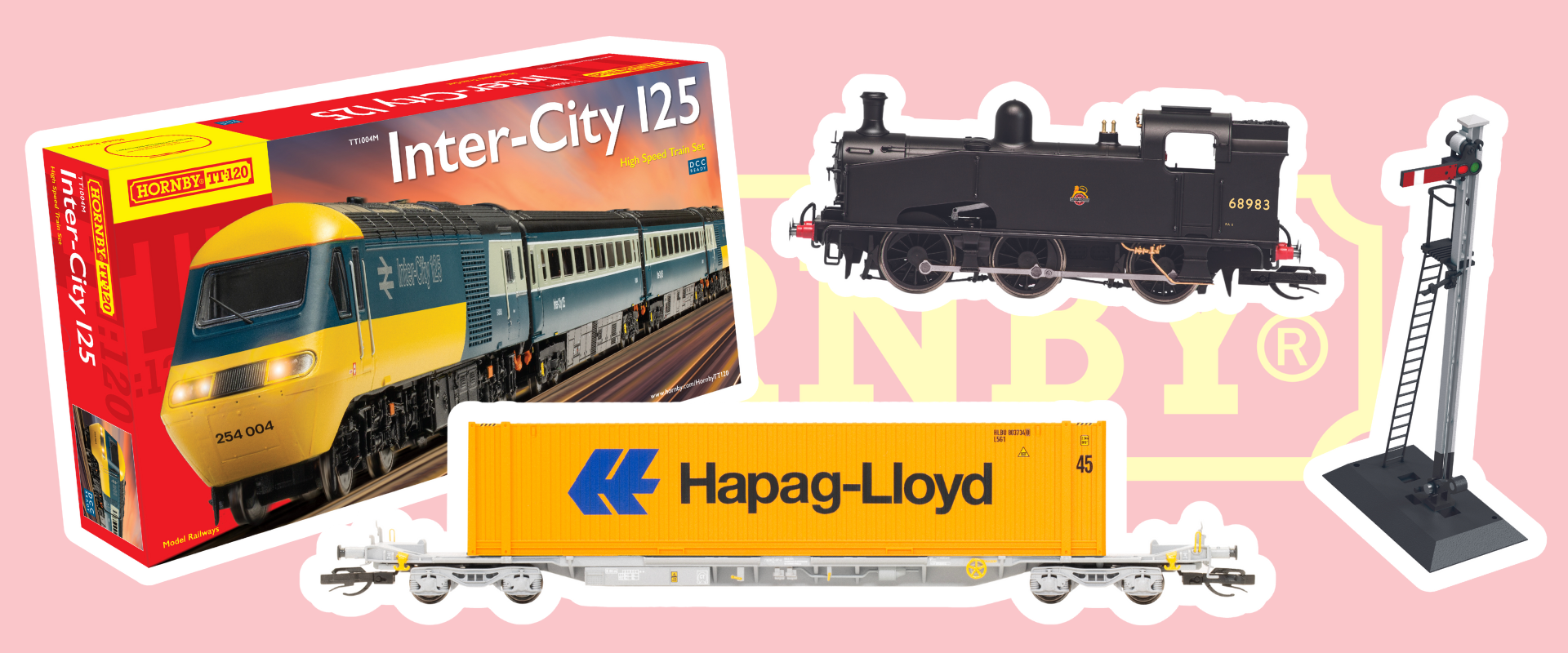I have been building an O gauge layout for at least 3 years now, and frankly progress has been very slow. The layout is all wired up and scenic work has started, however, two house moves in two years has really disrupted progress. The other big limiting factor has been a lack of rolling stock ready to use and completing the fiddle yard for the layout. Well I have partially managed to remedy one part of this equation with the completion of the class 25 detailing project.
The model is the first release of the class 25 by Heljan and I pre-ordered it as soon as it was announced. A mere 7 or so years later I have installed the DCC chip and finished the weathering. The transfers on the locomotive are from Railtec, and all weathering was done using Railmatch enamels from an air-brush. The decoder fitting was an ESU Loksound V5 Xl with screw terminals and figuring out how to wire it up was a good challenge! Once I had got my head around the common return, it was relatively straightforward……
Beyond these tribulations – putting this locomotive on the test track and hearing the sulzer engine was a delight! I am however, not that impressed with the speaker and might add some more packing around it, it has a somewhat tinny vibration at the moment. I have turned down the volume a little and this has helped. Anyhow, it is now fully operational and whilst I might replace the speaker in due course – this locomotive is finished. Taking some photographs of the locomotive – I must say I am pretty happy overall with how it turned it. It was also a great learning experience, being the first O gauge diesel I have sound chipped. Like all modelling projects, there were bits I could have improved, but it is all learning.
In my experience, the smooth running of Heljan locomotives is the best there is – and this model is no exception. I spent a good few hours letting the locomotive potter about the little test track with the sound running – really great fun.
From here, I have a clear set of modelling priorities, to fit around the ongoing house renovation. First up is to finish some buildings and add some detail to the micro-layout/test track. The only rule for this, is I have to use stuff I already have lying about (except for maybe the backscene), just to keep costs manageable in the short term. I have a couple of Slaters wagon kits on the go atm, alongside rebuilding a Dapol milk tanker and these projects require finishing off. I am also weathering a class 03 shunter and fitting a stay alive to this locomotive – that will be perfect for operating the microlayout. I am also about to detail and dismantle a Dapol class 122 and a Heljan warship. These are the the priorities for the next 6 months or so, alongside the painting of various wagons already in the paint boxes. The aim will be to have the little micro-fully operational in a few months – and if it looks OK I might take it to a few exhibitions. Then from summer onwards, it is back to the proper O gauge layout – I have the traverser ordered for the fiddle yard, – so when that arrives it will really help with the running of the layout and getting the layout over the line.

 Hornby TT:120 2024 Range Announced
Hornby TT:120 2024 Range Announced